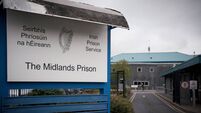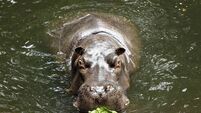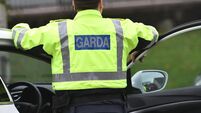Study finds predicting teenage binge-drinking is possible
The study, which is the largest longitudinal adolescent brain imaging study that has been carried out, found that a large number of factors, including brain function, personality, life experiences and genetics contribute to future binge-drinking in young teenagers.
The results are said to be about 70 percent accurate.
A group of scientists led by Dr Robert Whelan of UCD and Dr Hugh Garavan of University of Vermont carried out 10 hours of research using neuroimaging.
Over 2,400 14-year-olds in eight different locations across Europe had their brain activity and brain structure assessed and their IQ, cognitive task performance, personality and genetics tested.
Dr Whelan said: “Our goal was to develop a model to better understand the relative roles of brain structure and function, personality, environmental influences and genetics in the development of adolescent abuse of alcohol.
“This multidimensional risk profile of genes, brain function and environmental influences can help in the prediction of binge drinking at age 16 years.”
Over 40 different variables can be used to predict bing-drinking in teenagers.
“Notably, it’s not the case that there’s a single one or two or three variables that are critical,” said Dr Garavan.
“The final model was very broad – it suggests that a wide mixture of reasons underlie teenage drinking.”
Some of the best predictors, Dr Garavan added, were sensation-seeking traits, lack of conscientiousness, and family history of drug use.
Having just one drink at age 14 was also found to be a powerful predictor.
The scientists believe that by better understanding the probable causal factors for binge-drinking, targeted interventions for those who are at risk can be implemented.












